
Filter News
Area of Research
- (-) Fusion Energy (14)
- (-) Materials for Computing (4)
- Advanced Manufacturing (2)
- Biological Systems (1)
- Biology and Environment (33)
- Computational Biology (2)
- Computational Engineering (2)
- Computer Science (6)
- Electricity and Smart Grid (2)
- Energy Science (53)
- Fusion and Fission (25)
- Isotopes (26)
- Materials (53)
- National Security (23)
- Neutron Science (30)
- Nuclear Science and Technology (14)
- Quantum information Science (1)
- Sensors and Controls (1)
- Supercomputing (68)
News Topics
- (-) Biomedical (2)
- (-) Fusion (14)
- (-) Isotopes (1)
- (-) Summit (2)
- 3-D Printing/Advanced Manufacturing (5)
- Advanced Reactors (7)
- Bioenergy (1)
- Biology (1)
- Chemical Sciences (4)
- Composites (1)
- Computer Science (9)
- Coronavirus (3)
- Energy Storage (4)
- Environment (1)
- Frontier (1)
- Materials (11)
- Materials Science (17)
- Microscopy (4)
- Nanotechnology (7)
- National Security (1)
- Neutron Science (5)
- Nuclear Energy (10)
- Polymers (6)
- Quantum Computing (1)
- Quantum Science (3)
- Security (1)
- Simulation (1)
- Space Exploration (1)
- Transportation (5)
Media Contacts
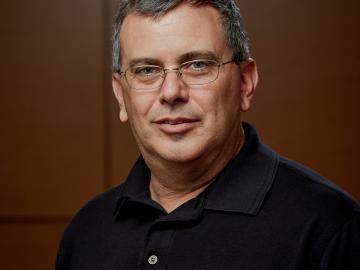
John joined the MPEX project in 2019 and has served as project manager for several organizations within ORNL.
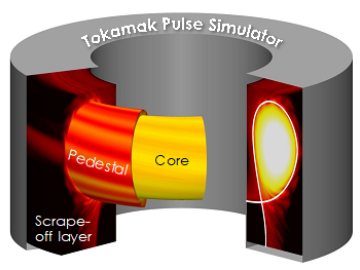
ORNL will lead three new DOE-funded projects designed to bring fusion energy to the grid on a rapid timescale.
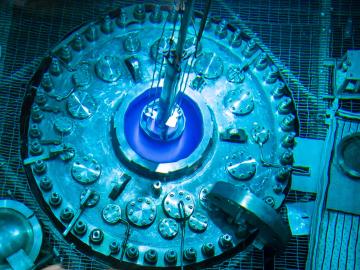
Creating energy the way the sun and stars do — through nuclear fusion — is one of the grand challenges facing science and technology. What’s easy for the sun and its billions of relatives turns out to be particularly difficult on Earth.
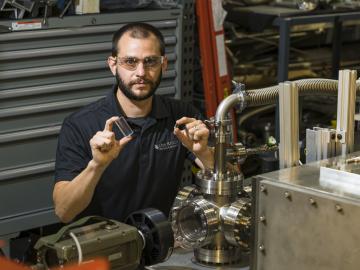
ORNL will team up with six of eight companies that are advancing designs and research and development for fusion power plants with the mission to achieve a pilot-scale demonstration of fusion within a decade.

In experiment after experiment, the synthetic radioisotope actinium-225 has shown promise for targeting and attacking certain types of cancer cells.
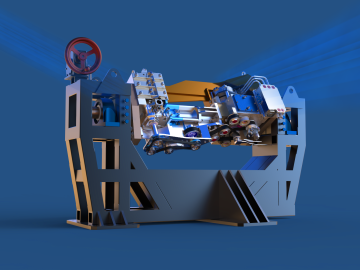
In the quest for advanced vehicles with higher energy efficiency and ultra-low emissions, ORNL researchers are accelerating a research engine that gives scientists and engineers an unprecedented view inside the atomic-level workings of combustion engines in real time.
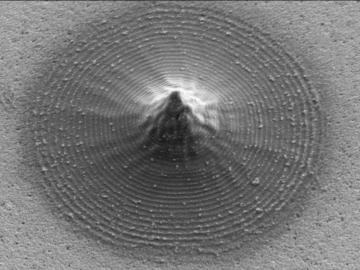
Scientists at Oak Ridge National Laboratory and the University of Tennessee designed and demonstrated a method to make carbon-based materials that can be used as electrodes compatible with a specific semiconductor circuitry.
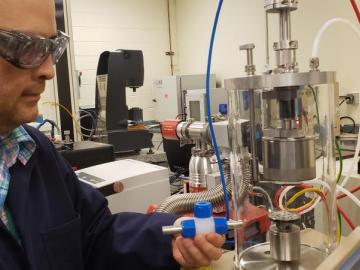
Four research teams from the Department of Energy’s Oak Ridge National Laboratory and their technologies have received 2020 R&D 100 Awards.
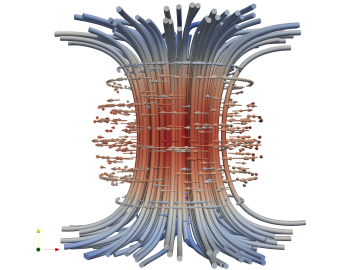
Combining expertise in physics, applied math and computing, Oak Ridge National Laboratory scientists are expanding the possibilities for simulating electromagnetic fields that underpin phenomena in materials design and telecommunications.

Temperatures hotter than the center of the sun. Magnetic fields hundreds of thousands of times stronger than the earth’s. Neutrons energetic enough to change the structure of a material entirely.


